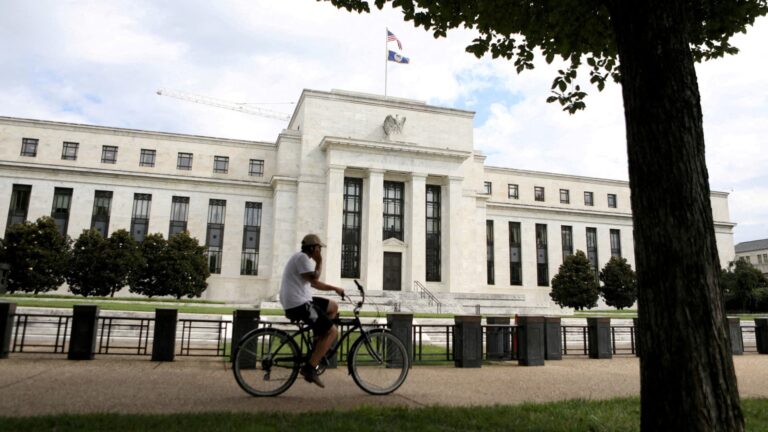Understanding the Federal Reserve’s Current Stance on Interest Rates
In light of a stronger-than-anticipated job market and rising inflation figures, the Federal Reserve is expected to maintain its current interest rates following its two-day meeting this week. This decision comes amid increasing pressure from President Donald Trump, who has called for lower rates in light of decreasing inflation expectations.
“Consumers have been waiting for years to see pricing come down. NO INFLATION, THE FED SHOULD LOWER ITS RATE!!!”
The Federal Reserve, an independent entity, has consistently emphasized that its monetary policy decisions remain separate from political influences. Chairman Jerome Powell has reiterated the independence of the Fed, underscoring that recent trade policies may further complicate the inflation outlook due to expected tariff-induced price increases.
Impact on Consumers
Many households are experiencing financial strain due to elevated prices and borrowing costs, a situation exacerbated by potential inflation effects from a turbulent trade environment.
“Consumers are always the ones who pay the price,” noted Eugenio Aleman, chief economist at Raymond James.
Current Borrowing Costs
The federal funds rate influences what banks charge one another for overnight loans and has a direct correlation with consumer borrowing and savings rates. Despite the majority anticipating a wait until July for possible cuts, several factors are keeping rates elevated.
Greg McBride, chief financial analyst at Bankrate, stated:
“Uncertainty rules amid a trade war and the ever-changing landscape of tariffs… with consumer spending and employment still holding steady, the Fed will remain firmly planted on the sidelines.”
Effect on Various Loans
Credit Cards
With most credit cards linked to variable rates, there exists a direct relationship with the Fed’s benchmark rate. Currently, the average annual percentage rate for credit cards hovers slightly above 20%, as reported by Bankrate. Increased uncertainty in the economy has led banks to adopt a more cautious approach.
“When banks become apprehensive, they tend to minimize risk, often increasing credit card rates,” explained Matt Schulz, chief credit analyst at LendingTree.
Mortgages
Mortgage rates, while fundamentally tied to Treasury yields and broader economic conditions, are also influenced by ongoing tariff discussions. As of now, the average rate for a 30-year fixed mortgage stands at 6.81%. While this represents a decline from earlier this year, it has not provided sufficient incentive for home buyers in the current market.
Auto Loans
Auto loan rates have remained largely stable despite rising vehicle prices, which have been compounded by President Trump’s suggested tariffs on imported cars. The current average rate for a five-year new car loan sits at 7.33%.
Student Loans
Most federal student loan rates are fixed for the duration of the loan, providing borrowers with a shield from recent economic fluctuations. For the 2024-25 academic year, the rate for undergraduate direct federal student loans is set at 6.53%, a rise from 5.50% the previous year.
Opportunities for Savings
On a positive note, high-yield online savings accounts are currently offering competitive returns, with rates reaching up to 4.5%. Although the Federal Reserve does not directly influence deposit rates, these yields are generally aligned with movements in the federal funds rate.
Bankrate’s McBride advises, “In times of uncertainty, it’s wise to boost emergency savings while also tackling high-interest debt, creating a buffer against possible income changes or unanticipated expenses.”
